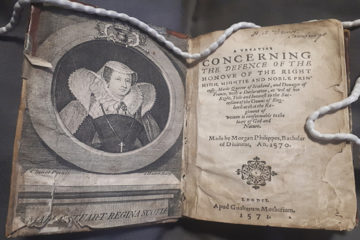
Encountering Mary Queen of Scots
Students on Dr Amy Blakeway’s Mary Queen of Scots, France, England and Ireland module (MO4807) this year have been encountering Mary Queen of Scots through books printed during her lifetime. In the first of a short…

Students on Dr Amy Blakeway’s Mary Queen of Scots, France, England and Ireland module (MO4807) this year have been encountering Mary Queen of Scots through books printed during her lifetime. In the first of a short…
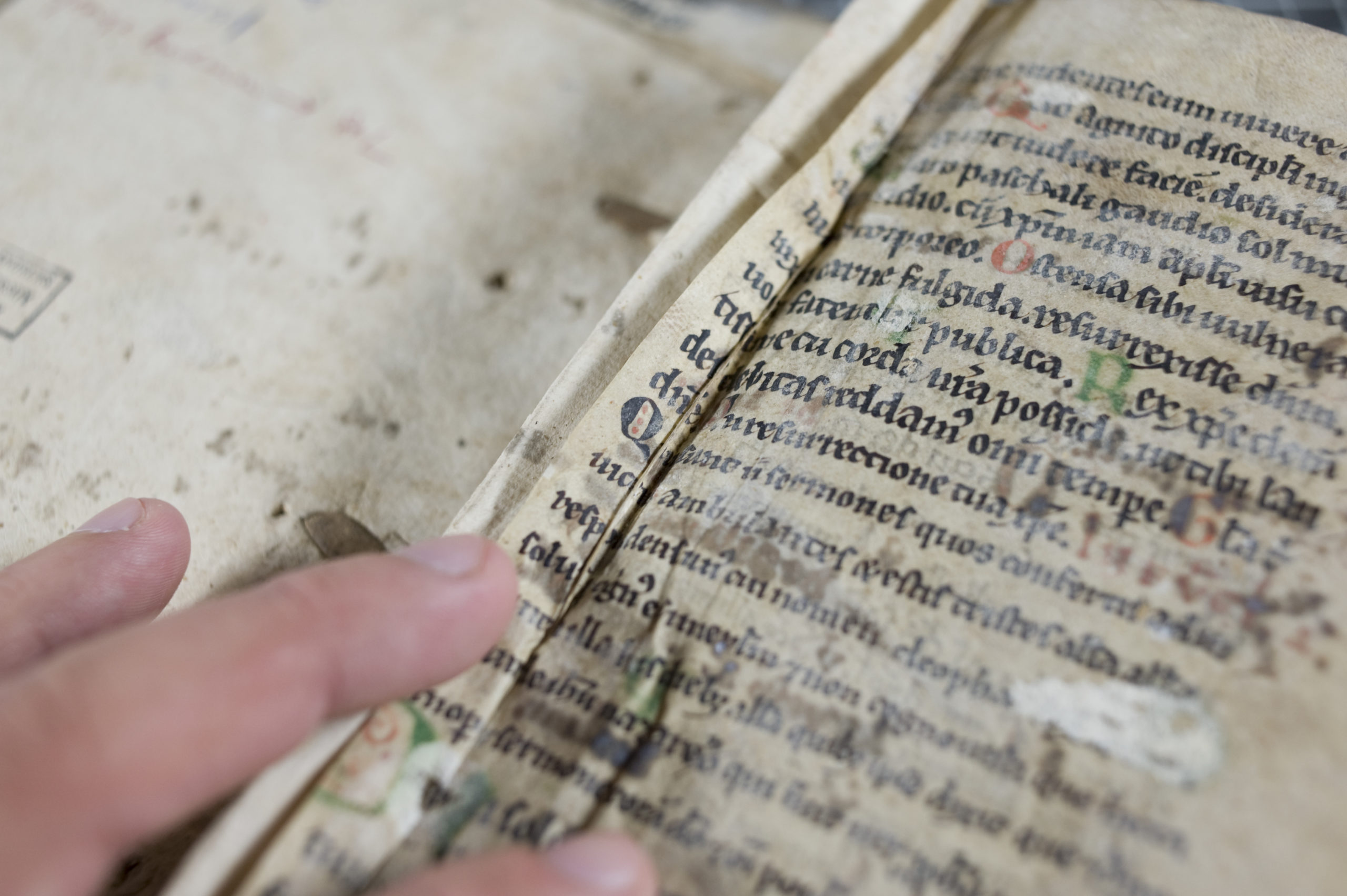
This is what buried treasure looks like in a library: This book, which is a collection of two perfectly respectable but not very rare tracts by Vatican Librarian Agostino Steuco, has acted as a vessel, a treasure…
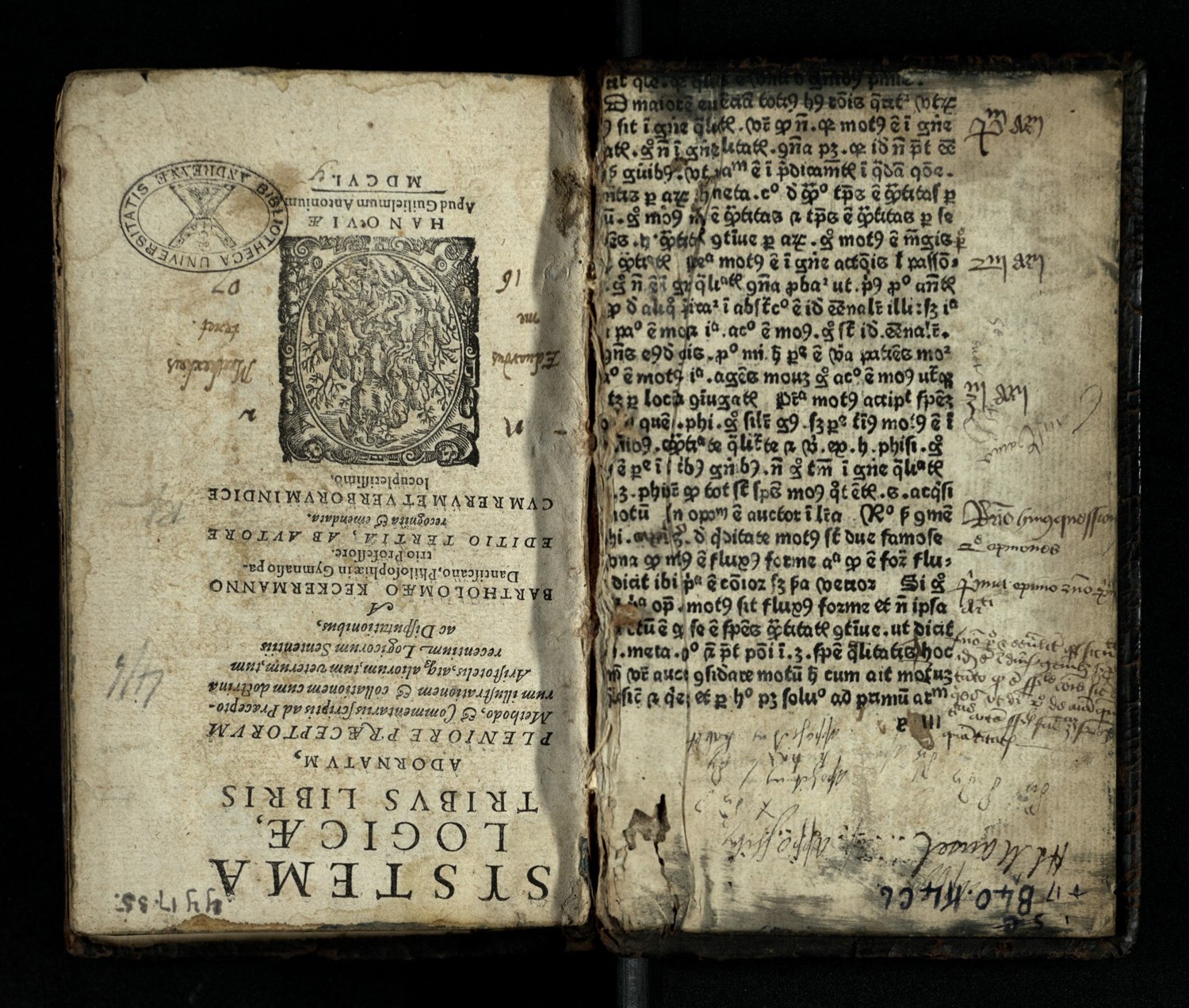
Around a month ago Liza DeBlock (one of our MLitt in Book History students) pulled from the shelf this very interesting book during her regularly scheduled bibliography lab hours: This third edition of Keckermann’s…
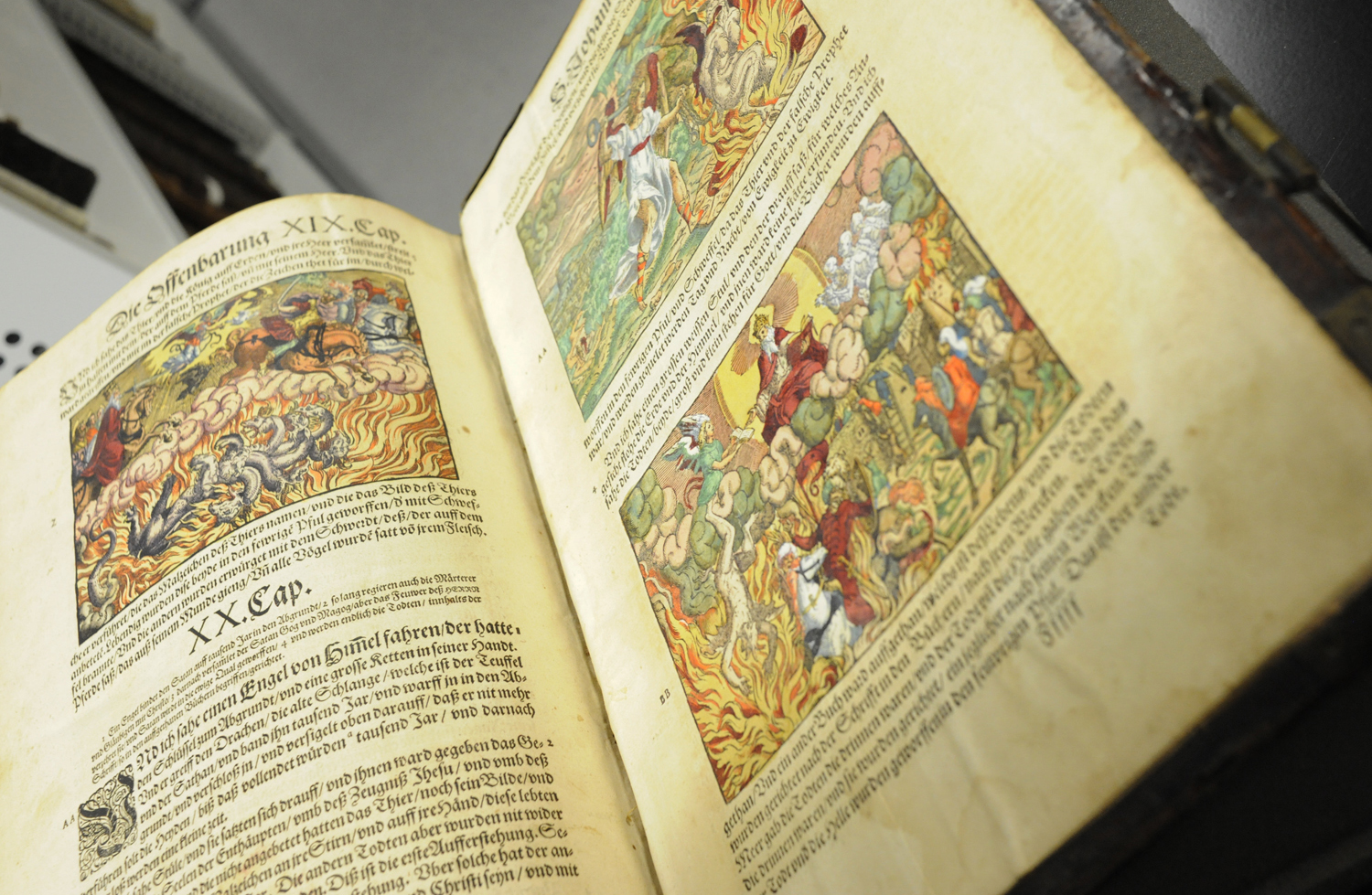
Earlier this year the rare books team acquired a significant, and rather pretty, addition to its developing Bible Collection. This Bible, a 1589 folio production of Luther’s edition, was acquired with generous…

For this week’s how-to, I thought I’d try some 16th century recipes from the first English translation of Europe’s most popular apothecary of the 15th and 16th century. I’ve grabbed St Andrews’ copy of A most excellent…
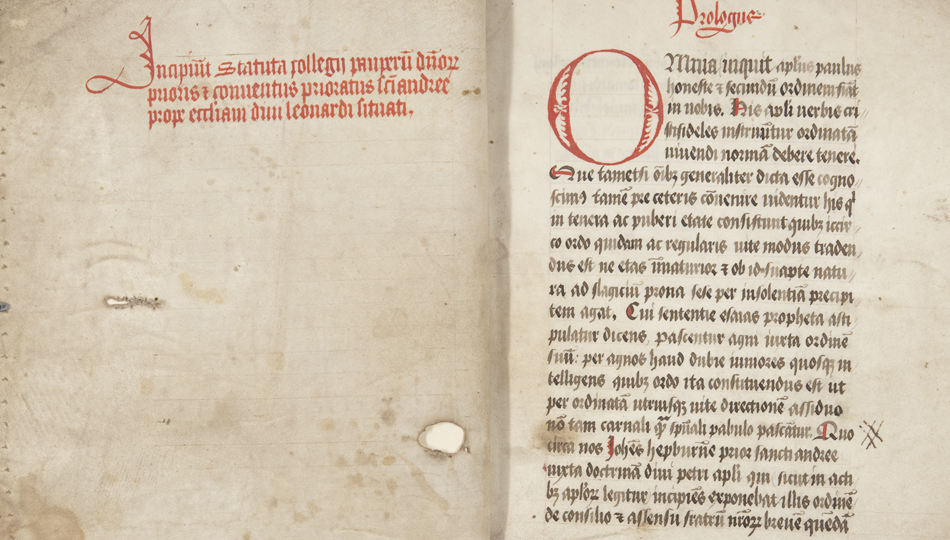
In the summer of 2013, the University Library set out to capture the reactions of academic and library staff when encountering their favourite items from the Special Collections Division. For this project, authors for…
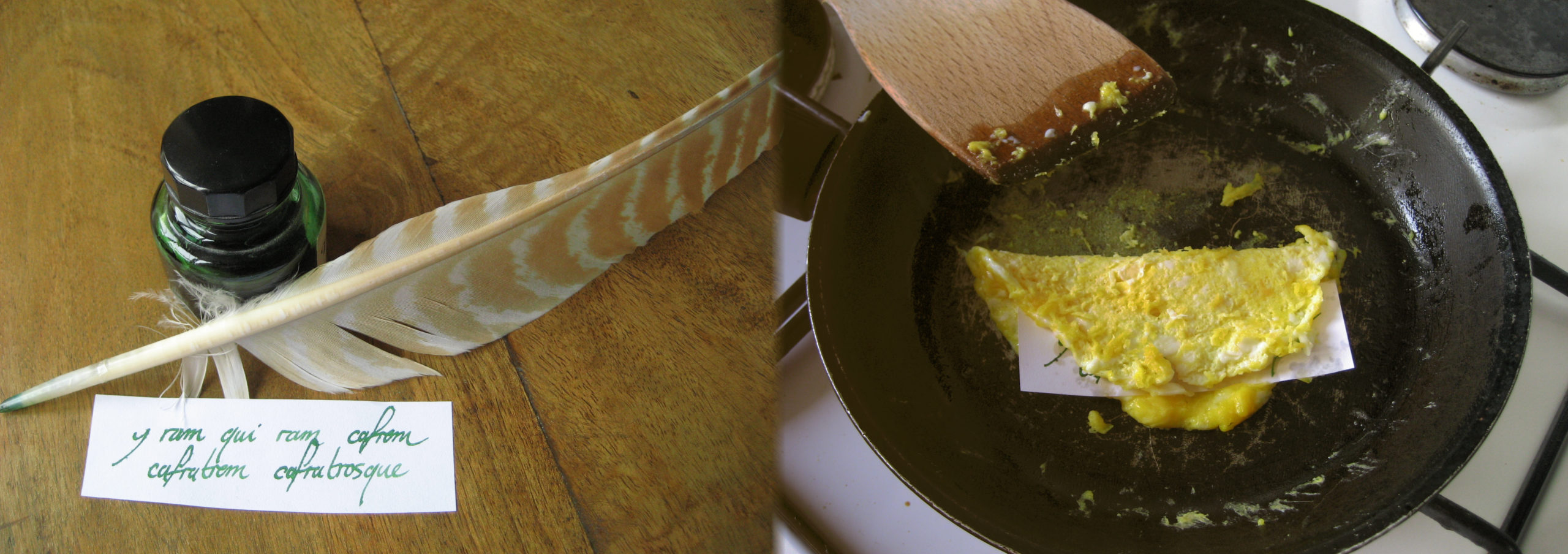
The subject of this week’s blog is a rather interesting manuscript, bound with three printed works, and takes me back to my postgraduate days of studying late-mediaeval veterinary medicine. All four items are bound…
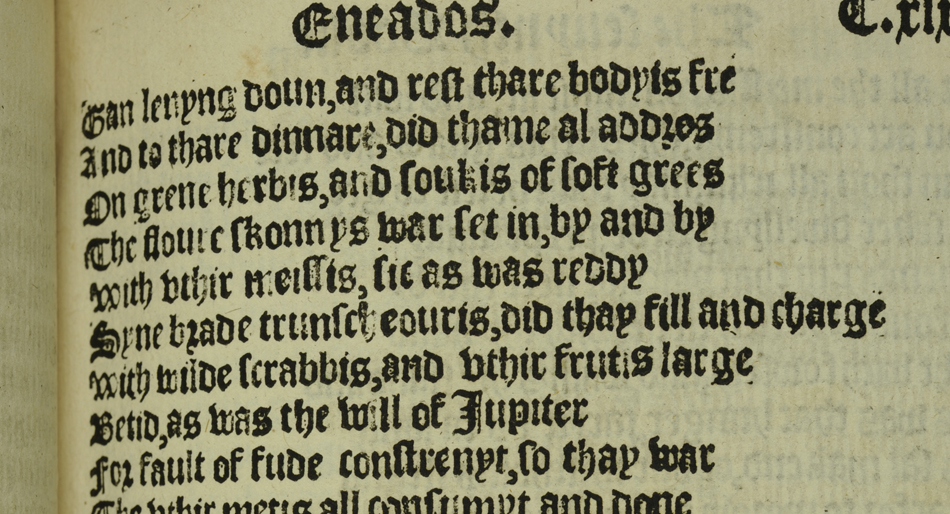
Today, the Scottish Poetry Library and the Writer’s Museum are celebrating the 500th anniversary of the completion of Gavin Douglas‘s The Eneados. Douglas, a Scottish prelate and poet, was born about 1474, third son of…
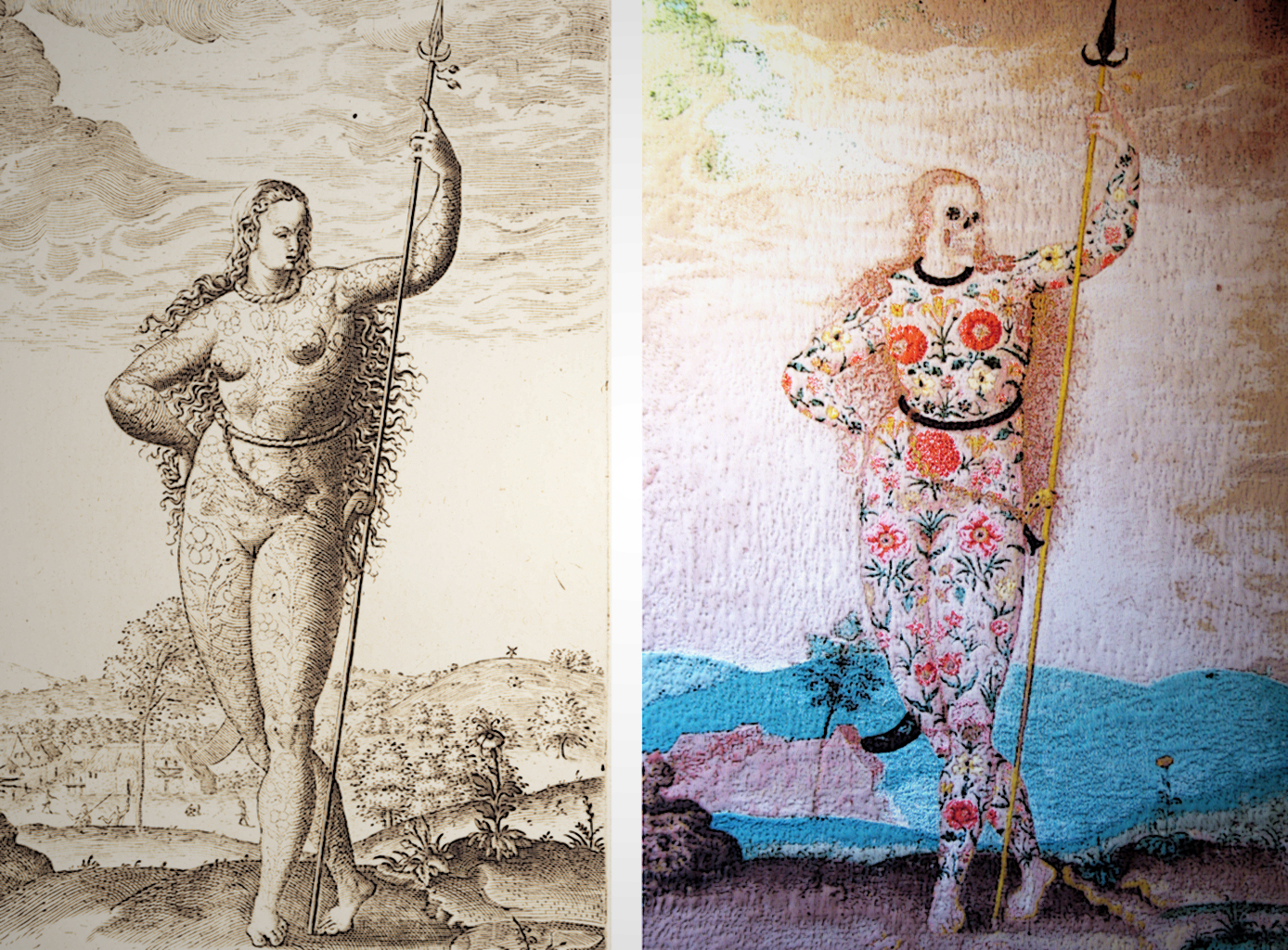
In November 2011 a post on this blog highlighted Theodor de Bry’s Grand Voyages. This is a hefty and multi-faceted tome, and, as a reprographic technician, I was encouraged to peruse it and capture any image that stood…
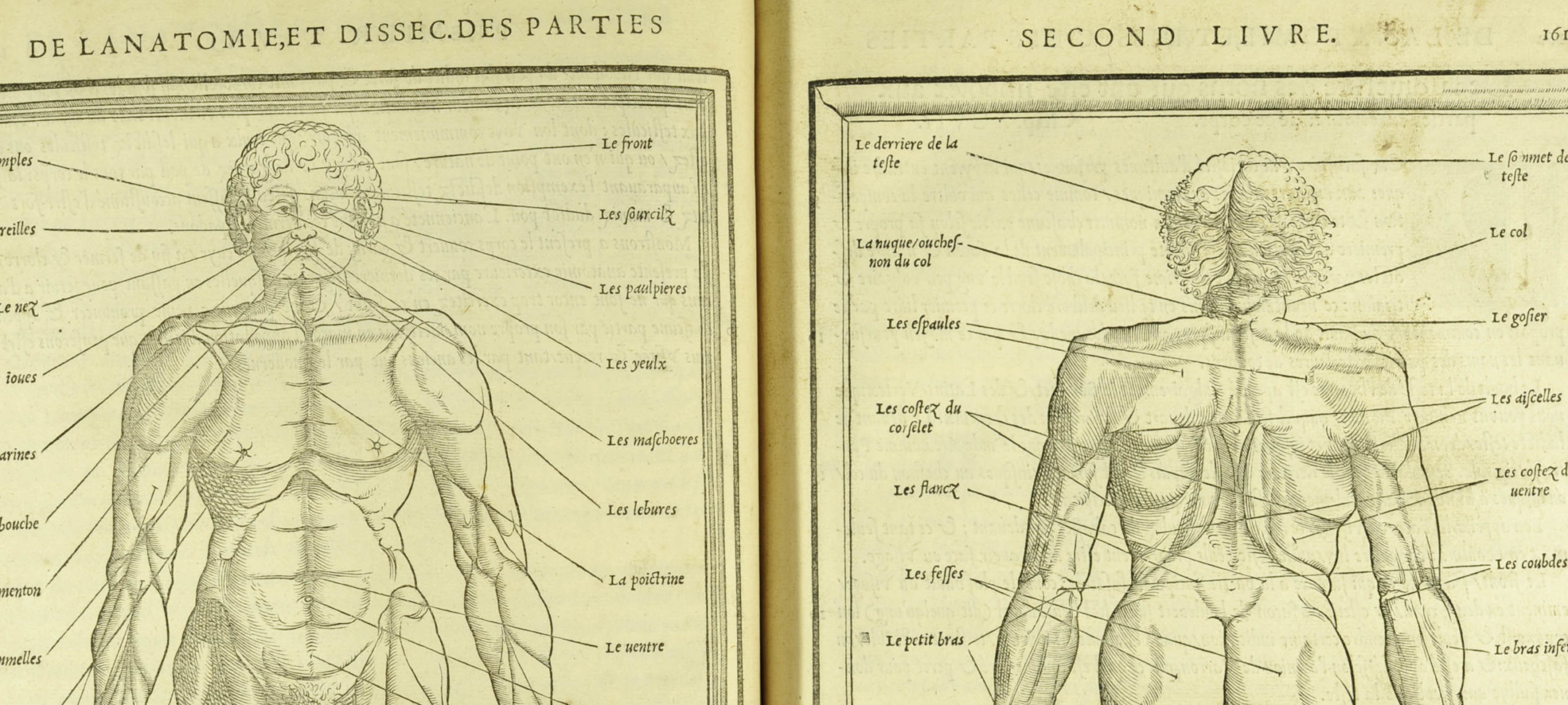
Charles Estienne’s De dissectione partium corporis humani libri tres (1545) was the third fully illustrated anatomical work ever to be published. Estienne came from a distinguished printing family: his father, Henri,…